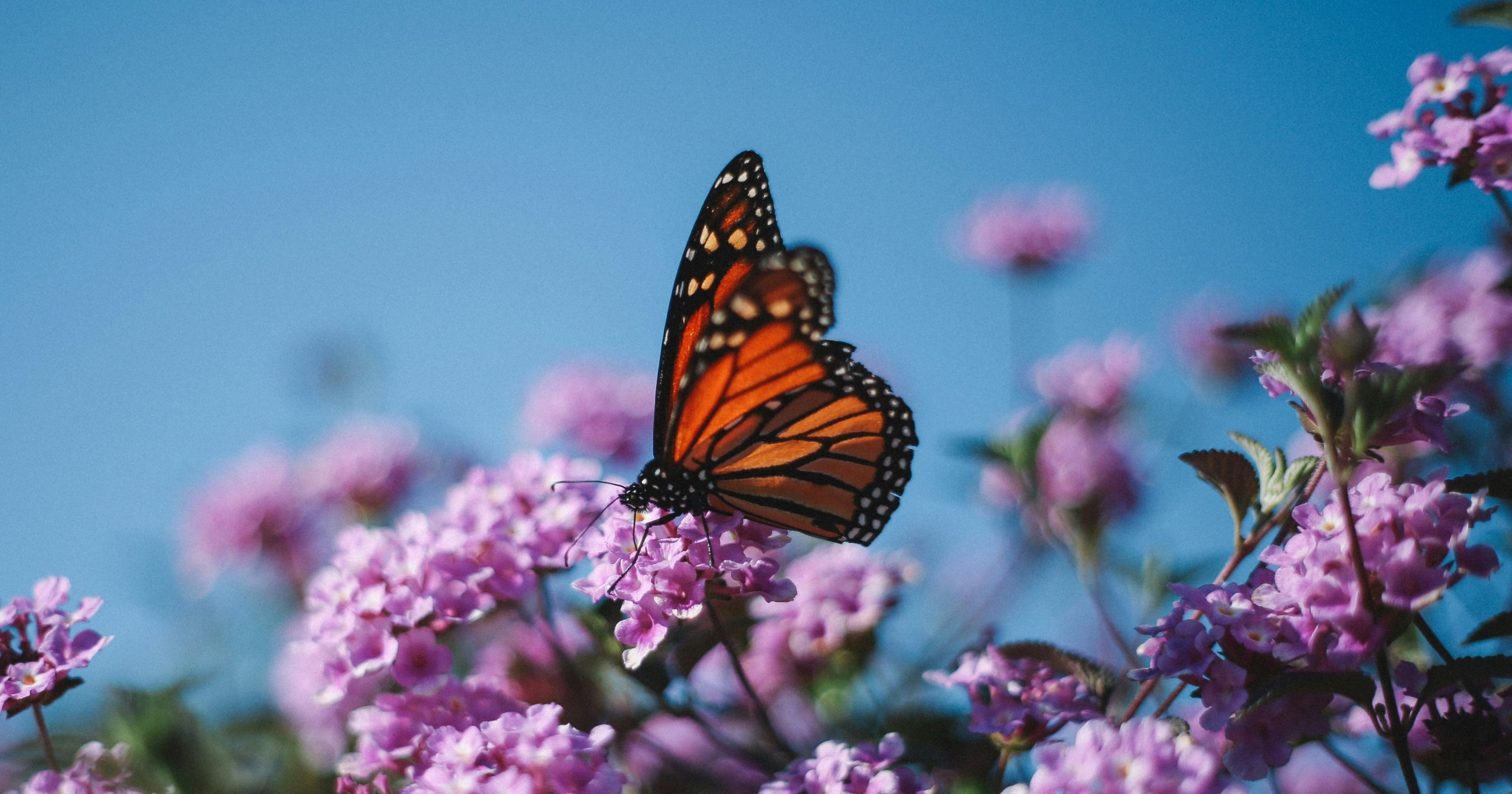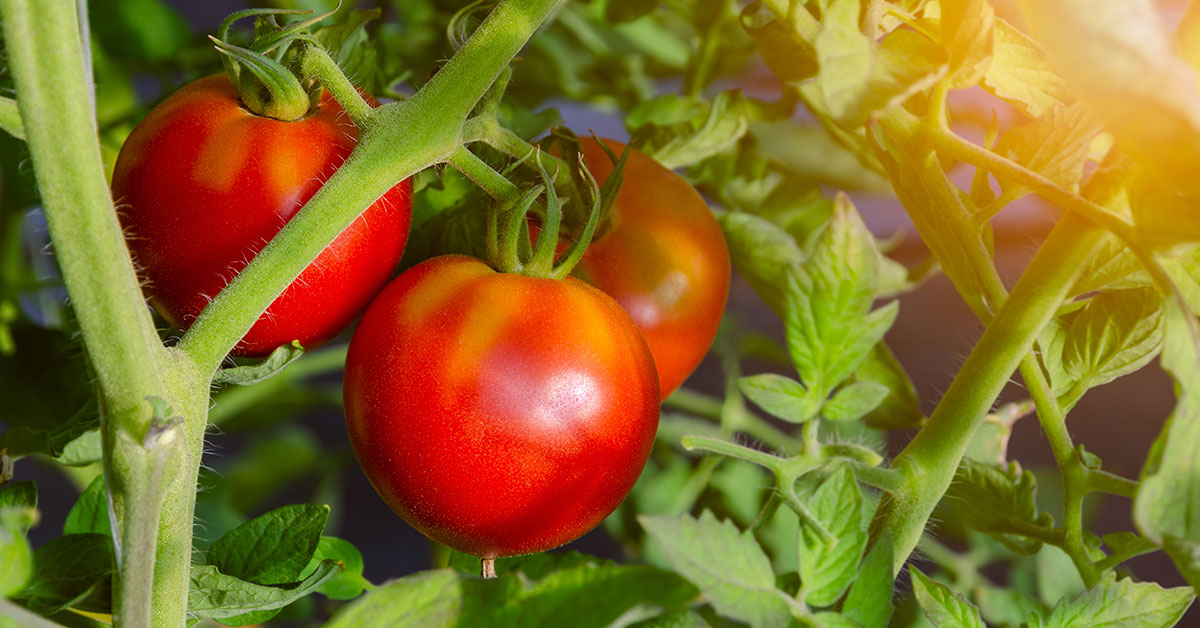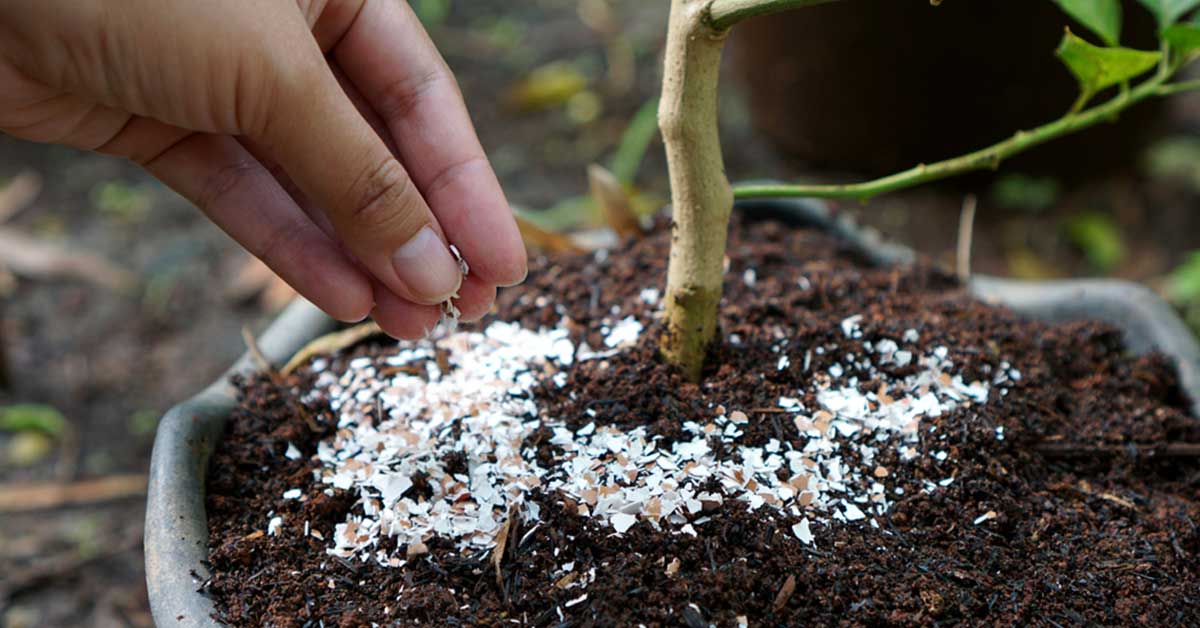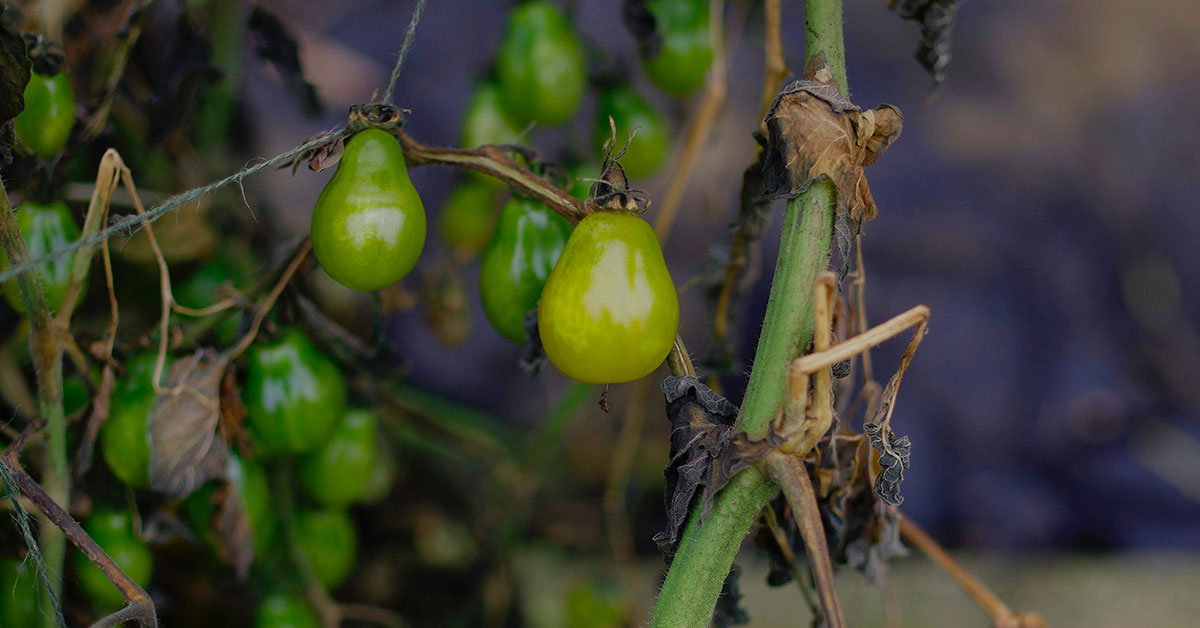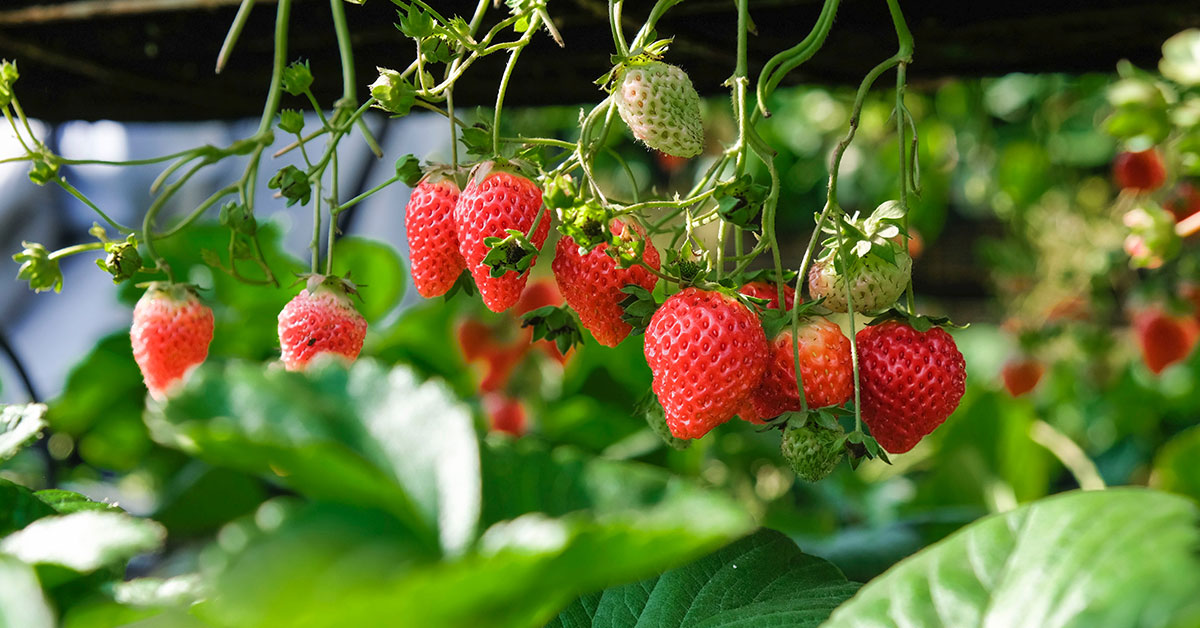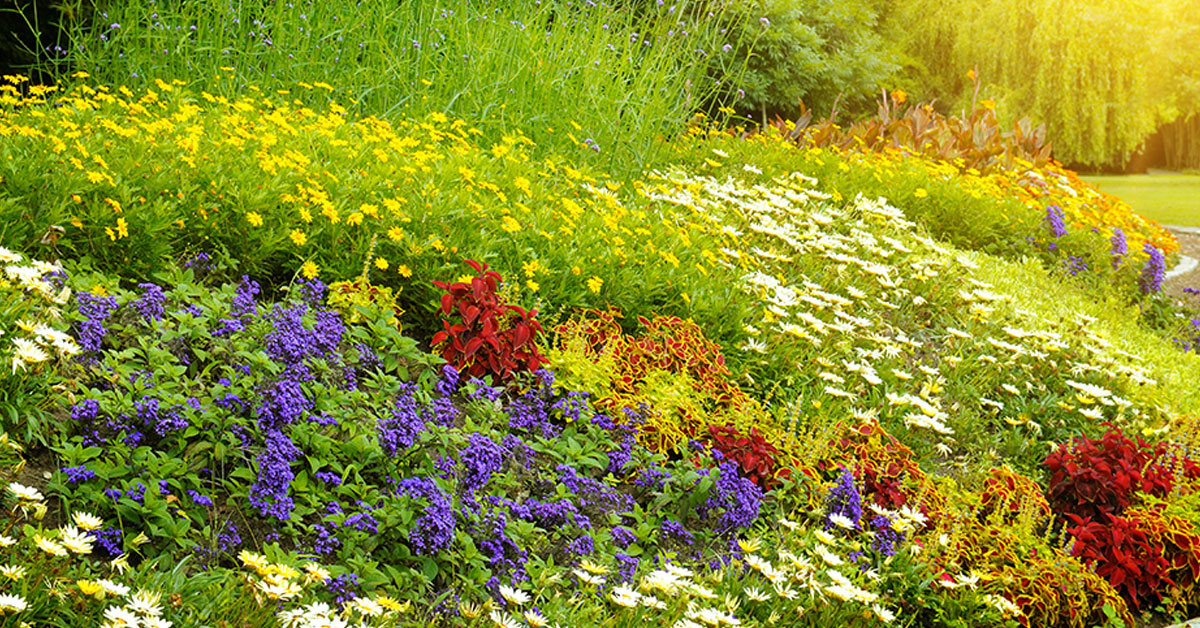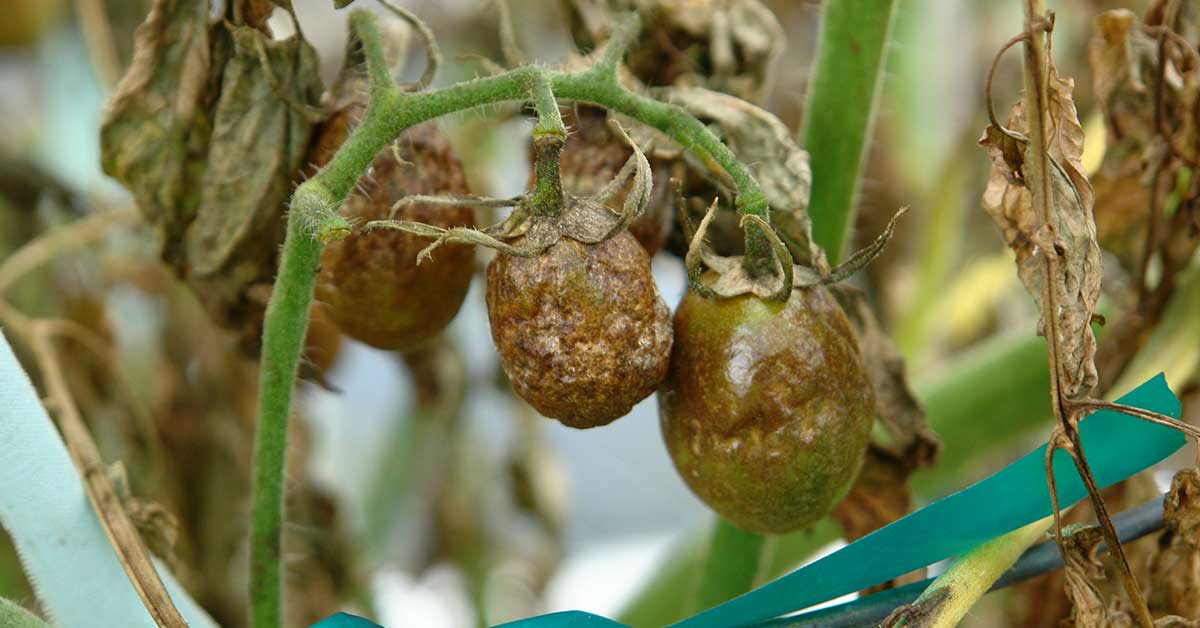There’s something truly magical about seeing butterflies flitting around your garden. These beautiful insects not only add a touch of whimsy but also play a crucial role in pollination. As a gardener who loves to create vibrant, buzzing ecosystems, I’m thrilled to share some effective strategies to attract more butterflies to your flower garden. Let’s dive in and transform your garden into a butterfly haven!
In this article, we’ll explore eight practical ways to make your garden more inviting for butterflies. From choosing the right plants to providing essential resources, these tips will help you create a thriving environment that supports and attracts these delightful pollinators. Let’s get started and watch your garden come alive with color and movement!
Plant Nectar-Rich Flowers
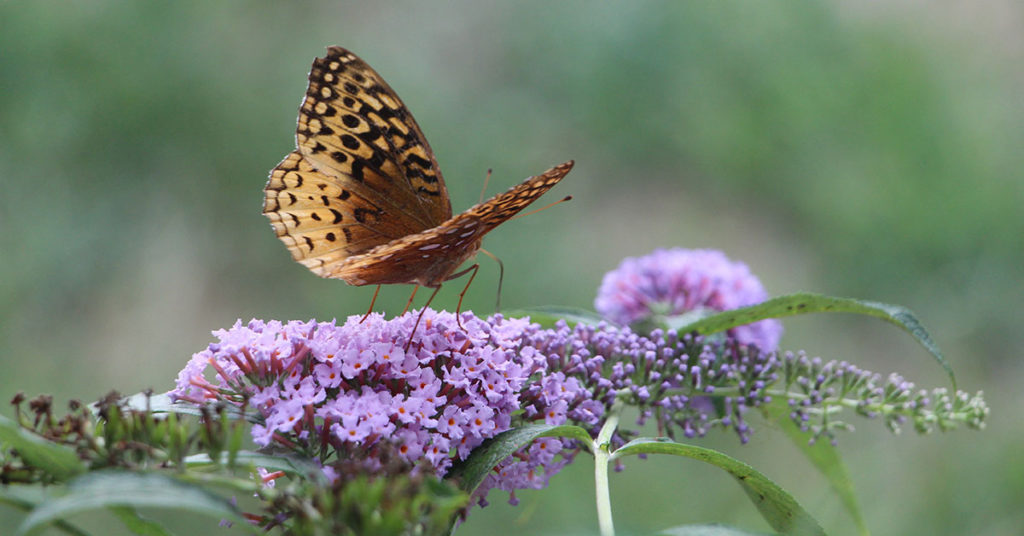
Butterflies are drawn to flowers with abundant nectar. Planting nectar-rich flowers such as zinnias, lantanas, and coneflowers will provide butterflies with the food they need. These flowers not only offer ample nectar but also come in bright colors that are highly attractive to butterflies.
To maximize the impact, plant a variety of nectar-rich flowers that bloom at different times of the year. This ensures a continuous food source throughout the butterfly season. Grouping these plants together in sunny spots will make it easier for butterflies to locate and feed on them. I love watching butterflies flock to these vibrant blooms!
Create a Butterfly-Friendly Habitat
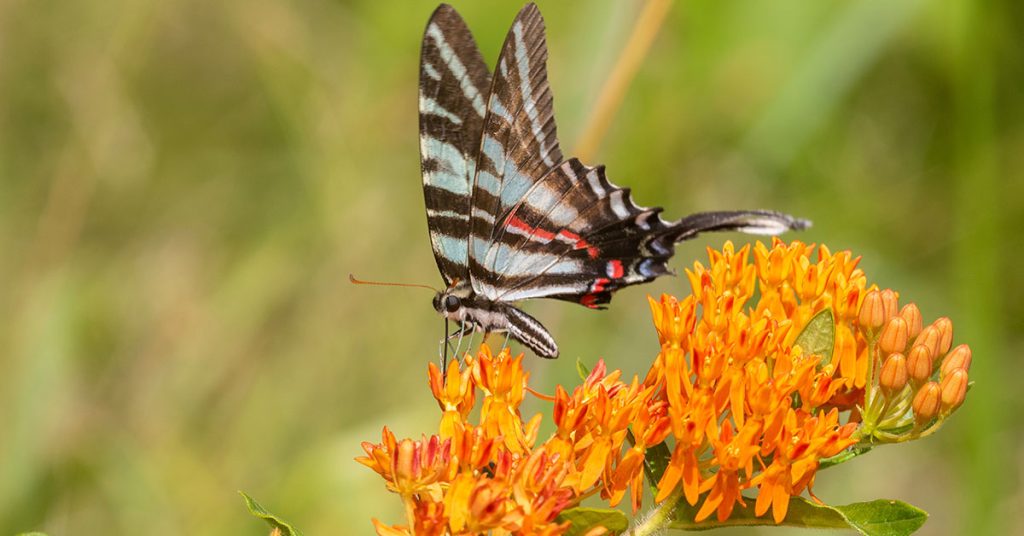
A garden that provides all the essentials for butterflies, including food, water, shelter, and breeding sites, is more likely to attract and retain these pollinators. Adding flat stones for basking, shallow water dishes, and sheltered areas can make your garden more hospitable.
Incorporate native plants that cater to the needs of local butterfly species. Native plants are more likely to provide the right nectar and pollen and are better adapted to local soil and climate conditions. Creating a diverse habitat will support a healthy butterfly population and enhance your garden’s biodiversity.
Avoid Pesticides
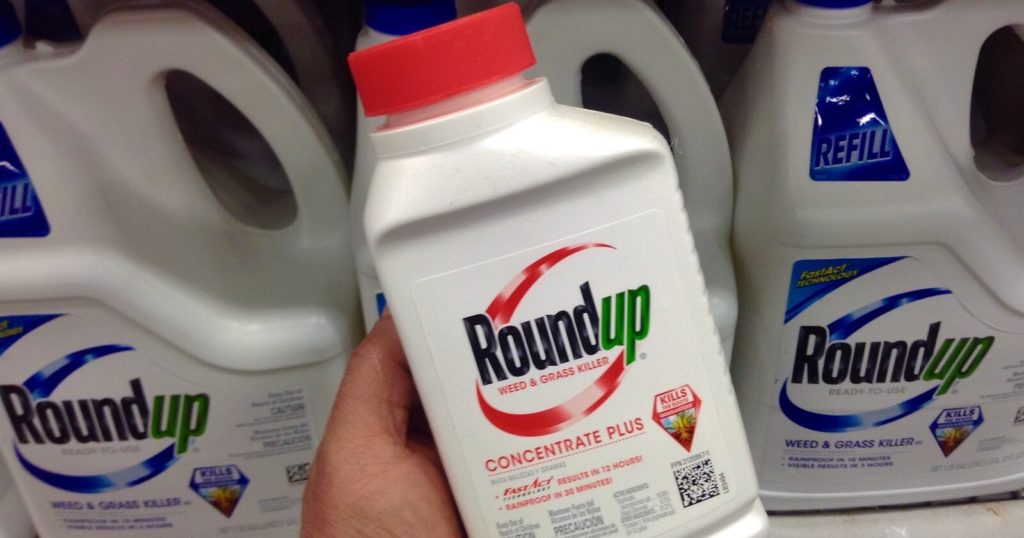
Pesticides can be highly toxic to butterflies and other beneficial insects. Using these chemicals in your garden can harm butterflies directly or contaminate their food sources, leading to a decline in their populations. Avoiding pesticides is crucial for creating a safe environment for butterflies.
Opt for natural pest control methods such as introducing beneficial insects, hand-picking pests, or using organic solutions like neem oil. By maintaining a healthy balance in your garden, you can manage pests without endangering butterflies. Your garden will thrive, and so will the butterflies!
Plant Host Plants for Caterpillars
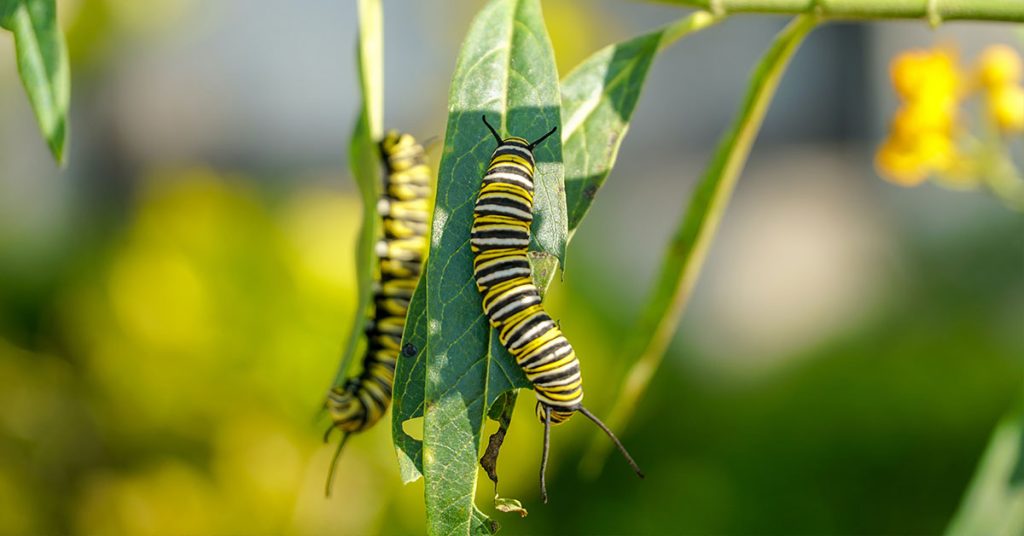
Butterflies need host plants where they can lay their eggs and where their caterpillars can feed. Common host plants include milkweed for monarchs, parsley for swallowtails, and violets for fritillaries. Planting these host plants will encourage butterflies to stay and reproduce in your garden.
Research the specific host plants for the butterfly species you want to attract and incorporate them into your garden. Providing a safe and abundant food source for caterpillars ensures that you will have more butterflies emerging in your garden. Watching the life cycle of butterflies unfold in your garden is truly rewarding!
Provide Shelter
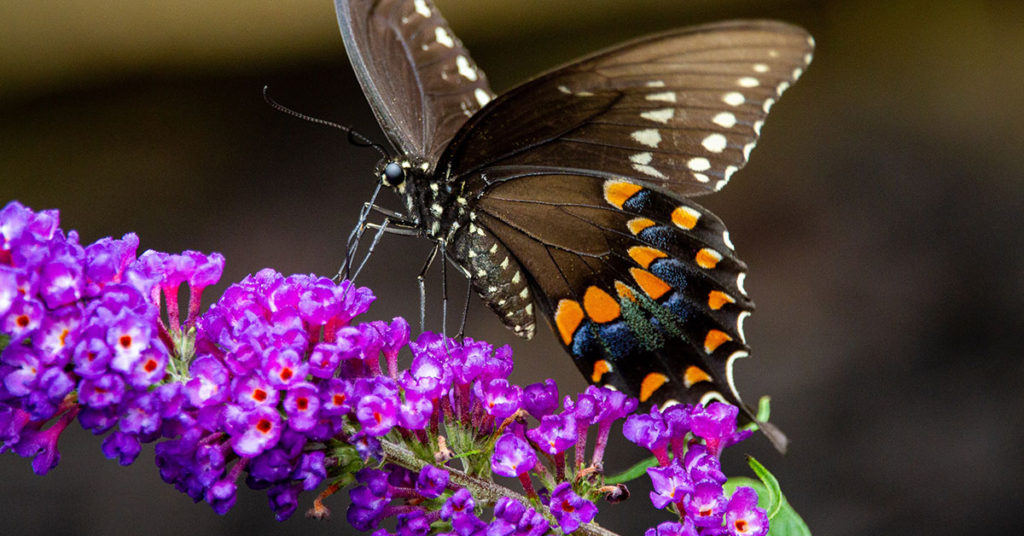
Butterflies need sheltered areas to rest, hide from predators, and protect themselves from harsh weather. Dense shrubs, tall grasses, and butterfly houses can provide the necessary cover. Creating these sheltered spots will make your garden more inviting for butterflies.
Planting trees and shrubs in clusters can create natural windbreaks and provide additional shelter. Avoid over-pruning these areas, allowing butterflies to find refuge and protection. A garden that offers safety and comfort will be a favorite spot for butterflies to visit and linger.
Install Butterfly Feeders
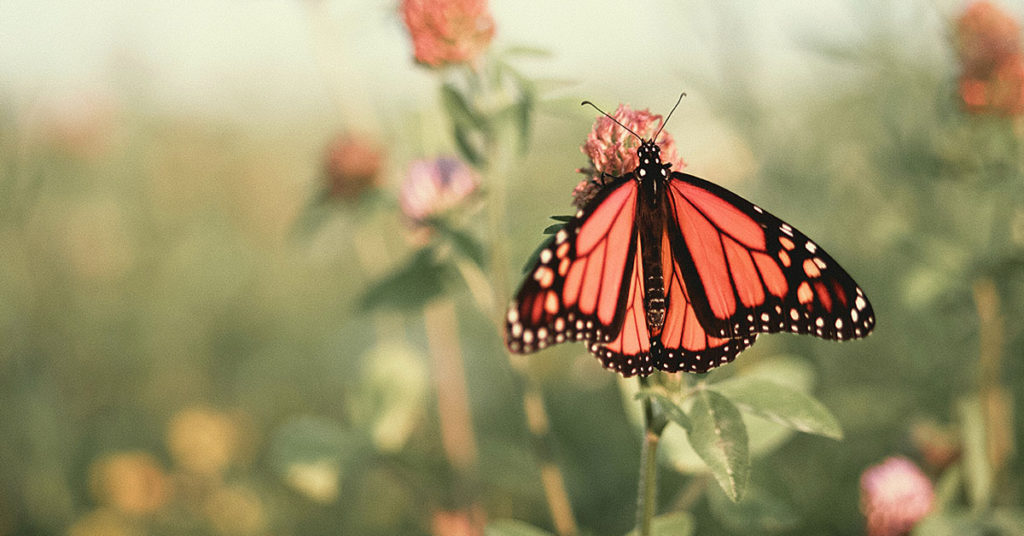
Butterfly feeders can supplement natural nectar sources, especially during periods of low flower availability. Fill feeders with a simple sugar solution (one part sugar to four parts water) and place them in sunny, accessible spots. Adding brightly colored sponges or cotton balls can attract butterflies to the feeders.
Regularly clean and refill the feeders to prevent mold and ensure a continuous food supply. Butterfly feeders are a great way to observe these beautiful insects up close and provide them with an extra boost of energy. It’s always a delight to see butterflies flocking to the feeders!
Create Puddling Stations
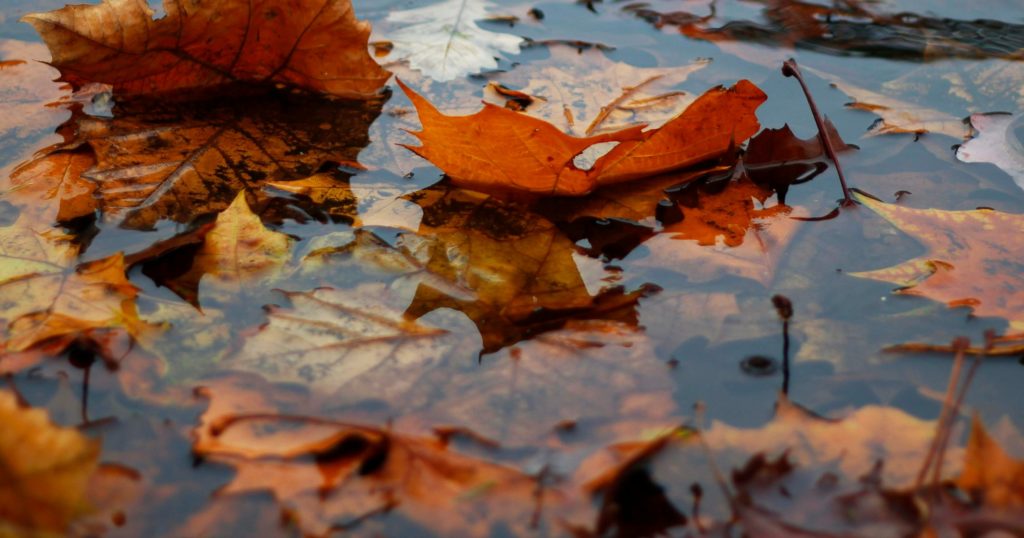
Butterflies need minerals and salts that they can’t get from nectar alone. Creating puddling stations by placing shallow dishes filled with moist sand, salt, and water can provide these essential nutrients. Butterflies will flock to these stations to sip the mineral-rich water.
Place the puddling stations in sunny spots and keep them moist by adding water regularly. You can also use flat stones or shallow pans to create these puddling areas. Providing these essential resources will support the health and vitality of butterflies in your garden.
Plant in Sunlit Areas
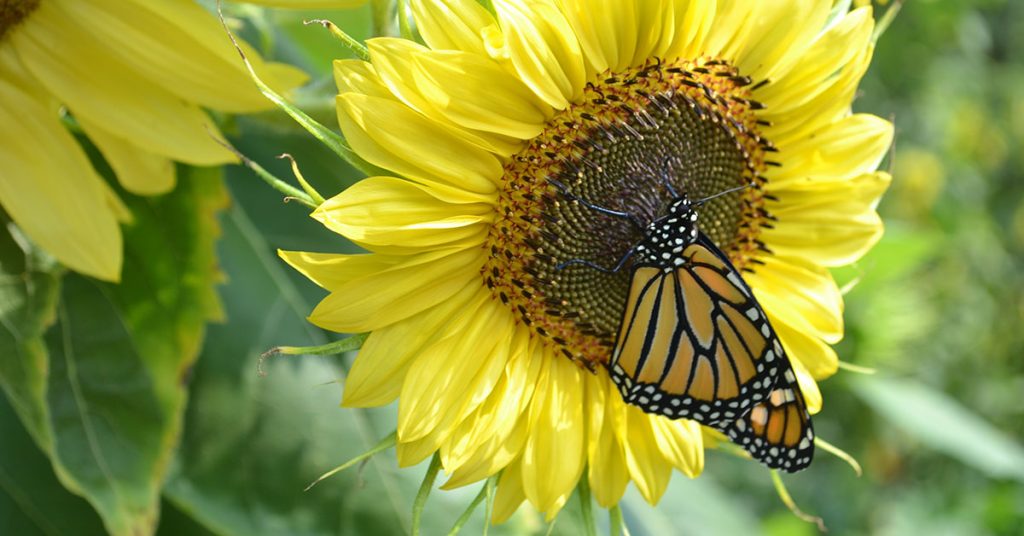
Butterflies are sun-loving creatures and are more likely to visit gardens that receive ample sunlight. Plant your butterfly-friendly flowers in sunny areas where butterflies can easily spot and access them. Sunny spots also provide warmth, which is essential for butterflies to be active and feed.
Ensure that your garden has plenty of open, sunlit areas where butterflies can bask and warm up. Avoid planting too densely, as butterflies need space to fly and navigate. By creating a bright and welcoming environment, you’ll attract more butterflies and enjoy their lively presence in your garden.
By implementing these tips, you can create a flower garden that attracts and supports a thriving butterfly population. Each of these strategies helps ensure your garden remains a vibrant, pollinator-friendly environment.
